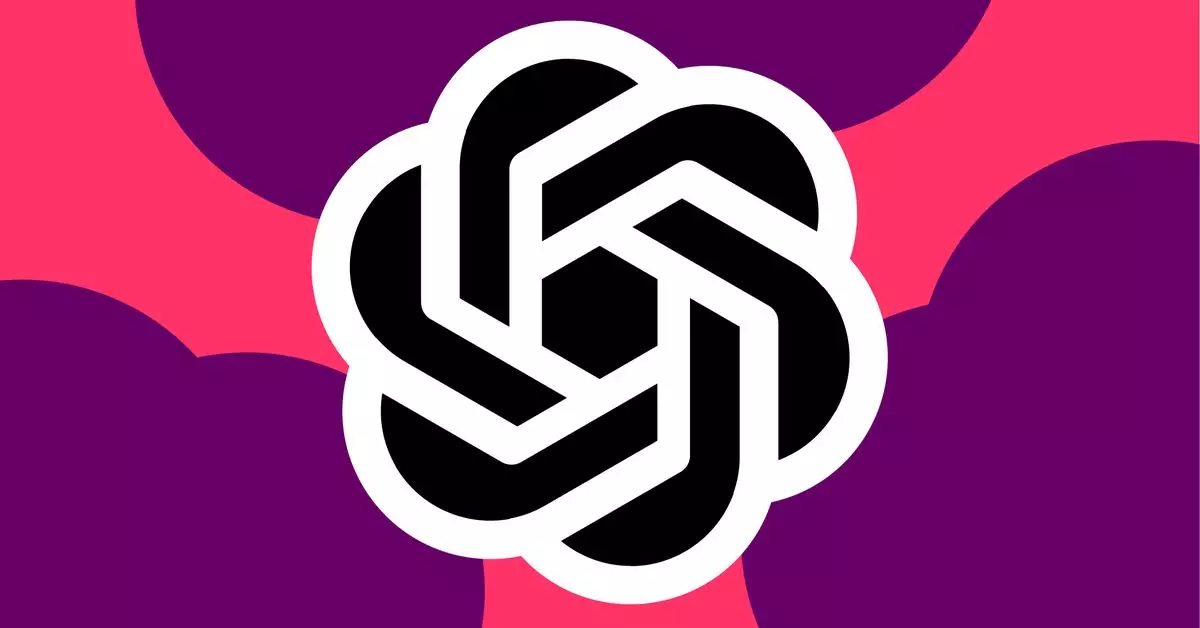Recently, users of ChatGPT have reported significant disruptions in service, raising questions about the reliability of one of the most widely used AI-based chatbot platforms. Many individuals found themselves frustrated as the chatbot either failed to respond or displayed an “internal server error” message. The outage appears to have started around 1:30 PM ET, sparking a considerable number of reports on monitoring sites like Down Detector. Such incidents have raised alarm not only among users but also in discussions surrounding the platform’s long-term stability and performance.
The Timeline of Events
As the outage developed, users began flooding social media with their complaints. By 2 PM ET, OpenAI acknowledged the problem, indicating through their status page that both ChatGPT and its related services, including the new API and video generation tool Sora, were experiencing elevated error rates. This type of transparency is crucial in maintaining user trust, yet it also highlights the growing pains that come with rapidly evolving technology. At 2:18 PM ET, OpenAI elaborated that the issues stemmed from an “upstream provider,” a term that can often be vague and unhelpful in understanding the exact nature of the problem. Later, at approximately 3:06 PM ET, OpenAI stated they were actively working towards a resolution, but, notably, they offered no estimated time of arrival for service restoration.
This recent downtime is not an isolated incident; ChatGPT has faced several outages in the past months. For instance, just days after the rollout of the Sora video generation tool, the entire platform succumbed to prolonged downtimes, frustrating users who had eagerly awaited new features. Furthermore, a major outage in June affected a wide array of AI tools, not solely ChatGPT, accentuating the vulnerability of these interconnected digital ecosystems.
These recurring issues raise serious concerns about user experience and the reliability of ChatGPT as a digital assistant. Those who rely on the service for professional tasks, brainstorming, or even casual inquiries, could view repeated outages as a sign of underlying instability, potentially causing users to explore alternative solutions. Trust is vital in technology; frequent technical difficulties can erode user confidence, prompting dissatisfaction and even a migration to competitor services.
For OpenAI, the implications of these service disruptions extend beyond immediate technical fixes. They will need to invest in enhancing their infrastructure and possibly reevaluate their partnerships with upstream providers. Upholding a high level of service reliability is crucial not only for retaining users but also for establishing themselves as a leader in the competitive AI landscape. Proactive measures, including regular updates and transparent communication, will be essential in restoring faith among users in the days to come.
While technical issues are inevitable in a rapidly advancing technological field, consistent outages of services like ChatGPT place significant pressure on developers to innovate solutions quickly. The balance between pushing boundaries in AI capabilities and ensuring dependable service is crucial as this space continues to evolve.


Leave a Reply
You must be logged in to post a comment.